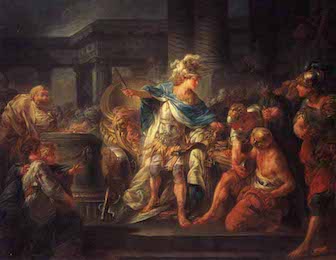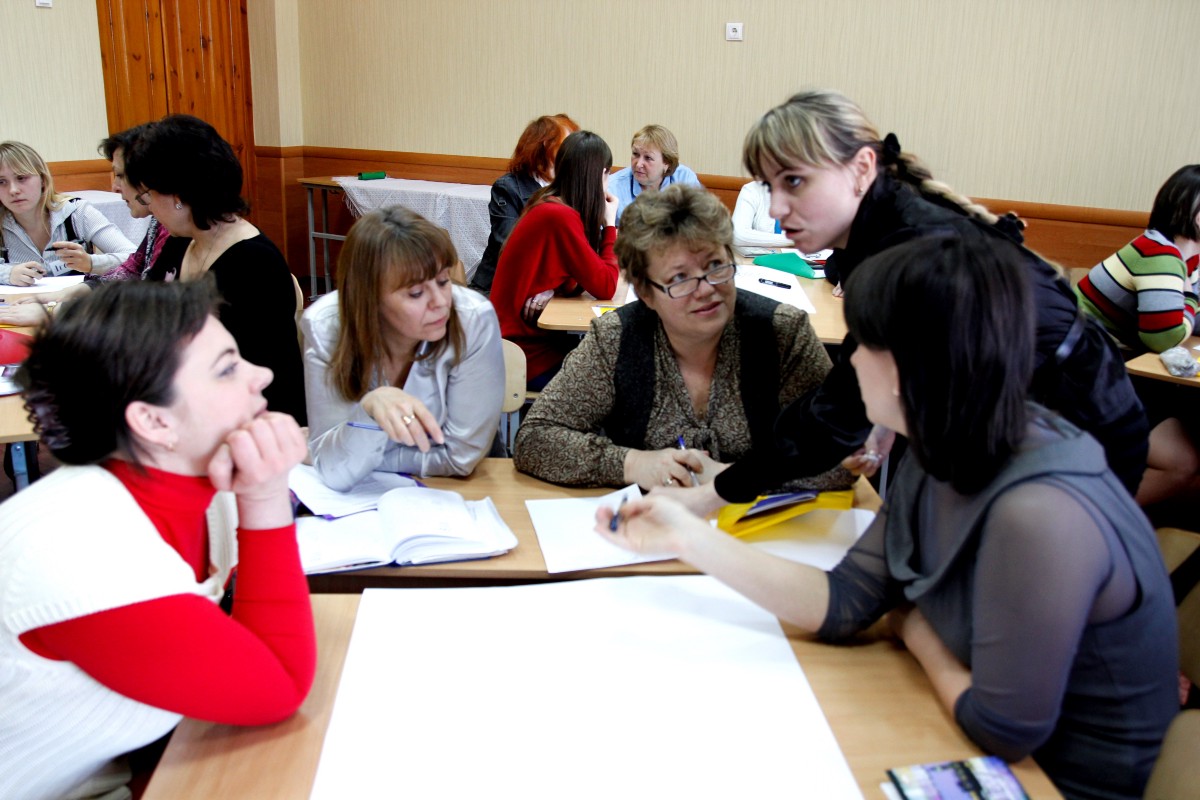5 ways the Peace Corps embraces design thinking
First published on Peace Corps
Empathy and an effort towards understanding are ingrained into the Peace Corps at all levels — from newly-trained Volunteers to senior-level agency staff. It’s in our DNA as an organization.
Starting with empathy as a first-principle is what has allowed the Peace Corps to consistently and effectively carry out our mission of ‘promoting world peace and friendship through community-based development, and grassroots understanding.’ It is the tuning fork of our mission, and the measuring rod against which we uphold our efforts.
You can see it made manifest where Volunteers live and serve — in their dedication to learn local languages and dialects, to live and work as part of their communities, and to understand problems not from the point of view of an outsider, but as understood by the community itself.
Design thinking has been getting a lot of attention recently — and rightfully so. Teams that embrace design thinking as a process for problem-solving free themselves from long-standing constraints in traditional problem-solving techniques. Design thinking differentiates itself in several ways.
First, a premium is placed on the user — on the human for whom the solution ultimately addresses. Second, brainstorming, ambiguity and outside-the-box approaches are encouraged rather than immediately steered away. And third, progress is ratcheted forward through successive iterations as potential solutions are prototyped, tested, refined and prototyped again. For a great video demonstration of this, check out Timothy Prestero’s ‘Design for People, not Awards.’
Design thinking (sometimes called human-centered design or user-centered design) is not new to the Peace Corps — and aspects of it can be found in how we currently train Volunteers to think about community co-creation and assessment (a framework known as Participatory Analysis for Community Action—PACA).
Coming from a background of user-centered design, I am very excited at how those in the Peace Corps community (including the staff at our headquarters in Washington, D.C. where I spend most of my time) have taken up the call around design thinking. In fact, I am leading the team working to institutionalize design thinking across all of our work at the Peace Corps, leaning heavily on the great resources pioneered by OpenIDEO’s Field Guide to Human-Centered Design, frog’s design work and Principles for Digital Development, among many others.
Here’s five ways the Peace Corps is embracing design thinking:
1. Peace Corps ‘groks’
When I was a Volunteer in Madagascar, I reread Robert Heinlein’s “Stranger in a Strange Land” and often think of a term used by the central character (and invented by Heinlein) — ‘to grok,’ which means ‘to understand so thoroughly that the observer becomes a part of the observed.’
As an interesting footnote, the term pops up a lot in unsuspecting places in popular culture.

While not explicitly in extra-Earth environments, the objective of the Volunteer is to try and understand their host community from within and in doing so, become a part of it. They are at times as much ethnographer as they are ambassador; as much a receptive listener as an immersed learner.
2. Peace Corps is in the business of wicked problems
‘Wicked problems’ are problems that are difficult to solve, where straightforward solutions are not readily apparent, are interdependent and constantly evolving, and where new problem-sets emerge with any change.
The phrase was coined in the 1970s as a framework for addressing social policy challenges. It’s now used often in the domain of international development to connote the complex and shifting landscape where development interventions are applied.
Peace Corps Volunteers inhabit these landscapes, and often give themselves the task of using their time and energy to cut through any Gordian knots they come across in their community.
Design thinking is a tool that Volunteers use to help their community untangle the wicked problems that they face; it can accommodate complexity, multiple stakeholders and varied perspectives while aligning fundamental problems to well-designed and tested solutions.

3. We learn from failure and adapt
I was a campus recruiter for the Peace Corps when I returned to graduate school and I would often host sessions for students interested in learning about service to talk with recently returned Volunteers. It was great for me to be an observer and simply soak up hundreds of stories of Volunteer experiences from all around the world.
The thing that struck me time and time again was how important these returned Volunteers cited the experiences of learning from their failures — but perhaps even more importantly, to acknowledge that they need to adjust.
No one’s project works out of the gate — maybe you forgot to include a key stakeholder, or you didn’t think about how to make your efforts sustainable, or you are simply doing it at the wrong time of year. It’s the process itself of adapting your solution based on new information, new perspectives and new learnings.
4. We use what we have, where we are, while we can
One thing that being a Peace Corps Volunteer teaches you is how to work in a lean environment. You don’t have a budget, a staff or perhaps even running water and electricity. Yet you are expected to carry out your project, be a change-agent and contribute to community-based development.
As a result, Volunteers get creative. Rather than decry the lack of resources and opportunities, they look around and use what’s at hand. This can be anything from allowing community members’ experiences and histories to inform your projects, to utilizing unused classroom space on the weekends, to using discarded water bottles as the raw materials for hand-washing stations.

5. It’s what we are asked to do
Communities request Peace Corps Volunteers and we as an organization place a great deal of importance how we can provide that community with a Volunteer who will help shed new light on a long-standing problem. At the end of the day, the community and counterpart of the Volunteer is less concerned with log frames, theories of change, rapid rural appraisal, behavior management and inputs and outputs than they are with seeing results.
Design thinking isn’t simply about crafting a design solution to a user-centered problem. It’s about ensuring that we are bringing all of the ideas, approaches, perspectives and priorities to bear on a recognized need or challenge. It’s about being a pupil to the problem and acting as a student would when learning a new language.
When applying the newly-learned language of design thinking in the places Peace Corps serves, I can think of no more apt analogy than that of the Volunteer grokking their community.
